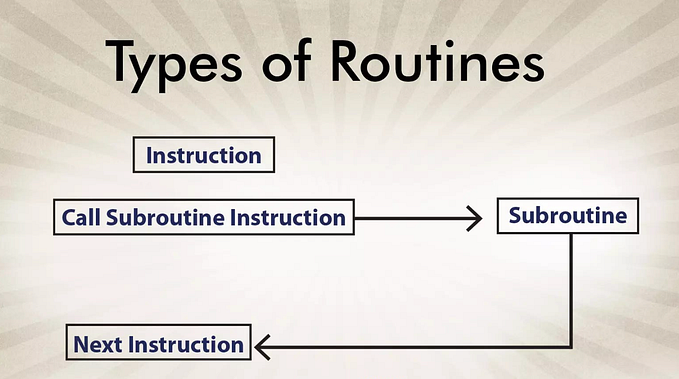Understanding Kotlin Suspend Functions Internally
In Android development, Kotlin coroutines have revolutionized how we handle asynchronous programming. The key to coroutines’ power lies in suspend functions, which allow us to write sequential-looking code while executing tasks asynchronously.
But how do suspend functions work under the hood? In this article, we’ll break down their internals, compare them with traditional threading approaches, and see how Kotlin transforms them into efficient state machines.

1. The Problem with Traditional Threading
Before diving into suspend functions, let’s understand why we need them by examining traditional threading approaches.
Example 1: Blocking the Main Thread
fun getUserInfo(userId: String): User {
Thread.sleep(3000) // Blocks the thread for 3 seconds
return User(userId, "Ninad")
}
fun main() {
println(getUserInfo("1")) // Crashes on Android (ANR)
}Problem:
Thread.sleep(3000)blocks the calling thread (e.g., main thread in Android).- Causes ANR (Application Not Responding) if executed on the UI thread.
Example 2: Using Callbacks (Non-Blocking)
To avoid blocking, we can use callbacks:
fun getUserInfoCallback(
userId: String,
onComplete: (User?, Throwable?) -> Unit
) {
thread {
try {
Thread.sleep(3000)
onComplete(User(userId, "Ninad"), null)
} catch (e: Exception) {
onComplete(null, e)
}
}
}
fun main() {
getUserInfoCallback("1") { user, error ->
if (user != null) println(user)
else println(error?.message)
}
}Pros:
- Doesn’t block the main thread.
- Handles success/error cases.
Cons:
- Leads to callback hell with nested async operations.
- Hard to read and maintain.
2. Enter Suspend Functions
Suspend functions allow us to write asynchronous code sequentially.
Example 3: Using suspend Modifier
suspend fun getUserInfo2(userId: String): User {
delay(3000) // Non-blocking delay
return User(userId, "Ninad")
}
fun main() = runBlocking {
println(getUserInfo2("4"))
}Key Differences:
delay(3000)is non-blocking (unlikeThread.sleep).- No callbacks needed — code looks synchronous but works asynchronously.
3. How Suspend Functions Work Internally
When you mark a function as suspend, the Kotlin compiler performs a magical transformation under the hood.
A. Continuation Passing Style (CPS)
The Kotlin compiler converts suspend functions into state machines using Continuation Passing Style (CPS).
Original Suspend Function
suspend fun getUserInfo2(userId: String): User {
delay(3000)
return User(userId, "Ninad")
}Decompiled Java-like Representation
Object getUserInfo2(String userId, Continuation<Any?> cont) {
if (cont.label == 0) {
cont.label = 1
delay(3000, cont) // Suspension point
return COROUTINE_SUSPENDED
} else if (cont.label == 1) {
return User(userId, "Ninad")
}
throw IllegalStateException()
}What’s Happening?
- The function takes an extra
Continuationparameter. labeltracks the current state (0 = initial, 1 = after delay).- When
delay()suspends, it returnsCOROUTINE_SUSPENDED. - Later, the coroutine resumes from where it left off.
B. Continuation Object
A Continuation is a callback that stores:
- Current state (
label) - Local variables (e.g.,
userId) - Parent continuation (to resume execution)
Call Stack Analogy
- Main Function →
runBlockingstarts the coroutine. - getUserInfo2() → Suspends at
delay(3000). - delay() → Registers a timer and suspends.
- After 3 seconds, the coroutine resumes and returns
User.
Each suspend function creates its own continuation, forming a chain:
Main Continuation → getUserInfo2 Continuation → delay Continuation
4. Key Takeaways

Why Suspend Functions Win?
No Thread Blocking — Uses coroutines, not threads.
Structured Concurrency — No callback hell.
Efficient — Uses state machines instead of deep call stacks.
5. Conclusion
Suspend functions in Kotlin work by:
- Transforming into state machines (CPS).
- Using continuations to track execution state.
- Suspending without blocking threads.
This allows us to write clean, sequential-looking code while keeping performance optimal.
If you’re working on Android, coroutines + suspend functions are the modern way to handle async tasks efficiently.






